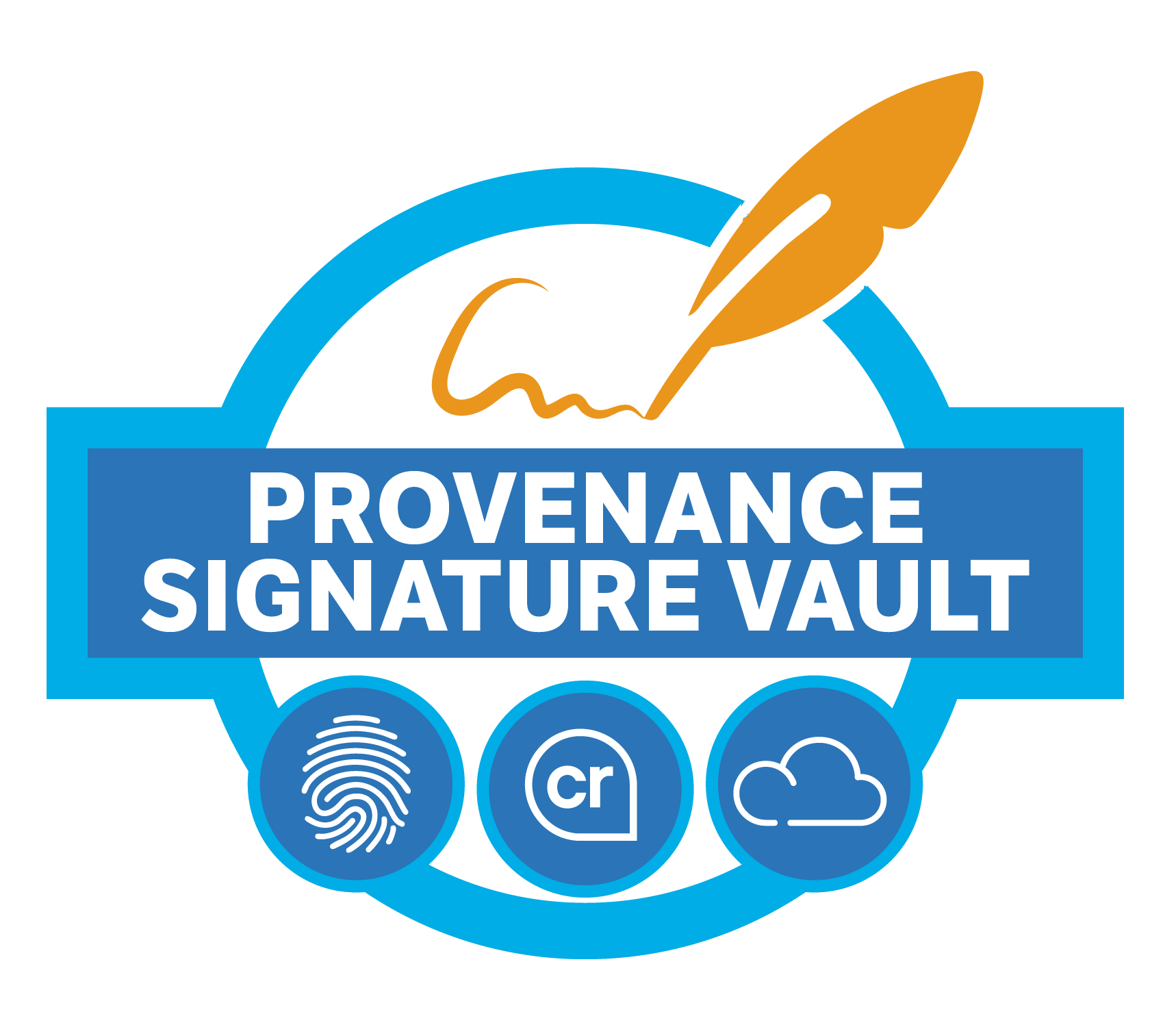C2PA Provenance Signature Vault
Robust C2PA Provenance Data in the Cloud
As a member of the widely supported C2PA (Coalition for Content Provenance and Authenticity), EZDRM's new content integrity offerings enable authors and rights holders—whether at the point of original creation or any subsequent stage of processing or editing—to securely attach their provenance assertions to video content using their unique credentials, and to back up these assertions via the cloud. With robust provenance data available within live and on demand video streams, video players can access and display the credentials of that video and assure consumers of its integrity–without negative performance impacts.
As a new foundational revenue security product, the EZDRM Provenance Signature Vault enables authors of provenance data—whether at the point of original creation or any subsequent stage of processing or editing—to reinforce their provenance content metadata assertions through a robust cloud provenance repository.

Enabling the C2PA Ecosystem
Product Features
Cloud Micro-service Resilience
Like other EZDRM micro-service offerings, this service is meticulously designed to seamlessly integrate with existing streaming workflows. for large-scale service deployments. The API-centric micro-service architecture ensures, robust low latency support, and secure metadata storage in a independent, trusted location.
HLS, MPEG-DASH and CMAF Streams
Fully leverages metadata, transport, and streaming standards to enable provenance support for all major delivery formats. As the industry moves toward adoption of CMAF, the approach ensures that provenance data is fully compatible with current and future streaming security implementations.
Using the EZDRM Provenance Signature Vault ensures that provenance metadata is securely stored in a separate, trusted location outside of the immediate media file or container. This hosted manifest model, based on the C2PA framework, offers several key advantages over internal content manifests:
- Faster and more reliable verification: By externalizing the manifest, content authenticity and provenance can be verified rapidly and independently of the media file itself—without introducing additional latency to the streaming workflow.
- Resilience against corruption or tampering: In the event that the media file or internal manifest is corrupted, altered, or removed—whether accidentally or due to malicious interference—the hosted manifest remains intact. This ensures the origin and integrity of the content can still be validated using the secure repository.
- Secure and flexible updates: A hosted manifest allows for updates to the provenance metadata, such as changing attribution or adjusting rights information, without requiring the file to be re-signed or re-ingested. This is not possible with embedded manifests, which are tightly coupled to the file and require regeneration after each update.
- Interoperability and scalability: Maintaining a centralized, standards-compliant manifest aligns with modern cloud and multi-platform distribution models. It enables consistent trust signals to be verified across disparate systems, services, and playback environments.
Supporting Technologies
Content Credentials are based on an open technical specification developed and maintained by the C2PA, a cross-industry standards development organization. The capability to recognize and display C2PA data is integrated into many streaming client devices and player technologies:
Platforms
- Edge browser
- Chrome browser
- Apps on iPhone/iPad
- Apps on Android phones/tablets
- Roku, Amazon Fire and many other streaming media players
- Many Smart TVs with commercial players
Formats
- MPEG-DASH
- HLS
- CMAF
New to DRMaaS, C2PA, and Micro-services Revenue Security?
Access our comprehensive FAQ through the sample questions below:
